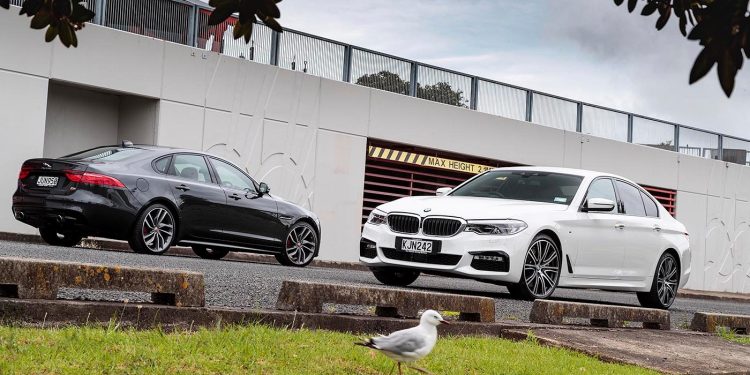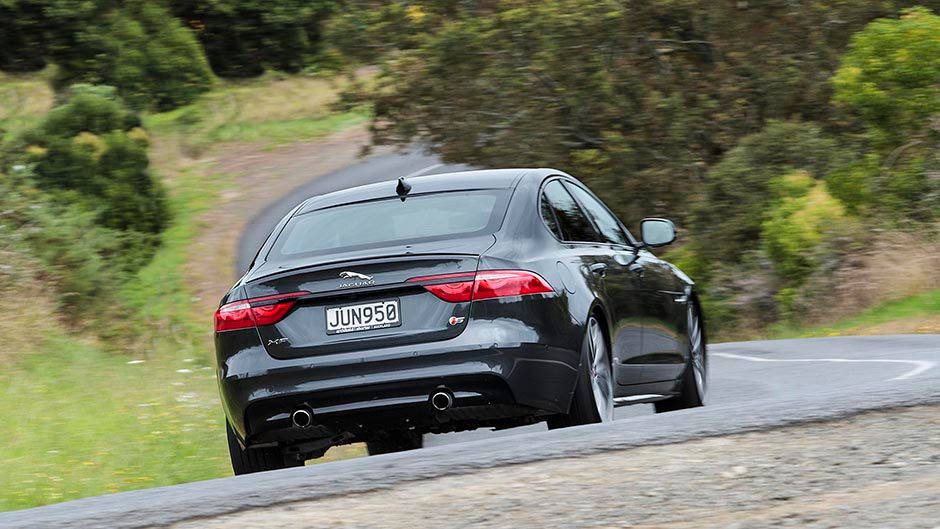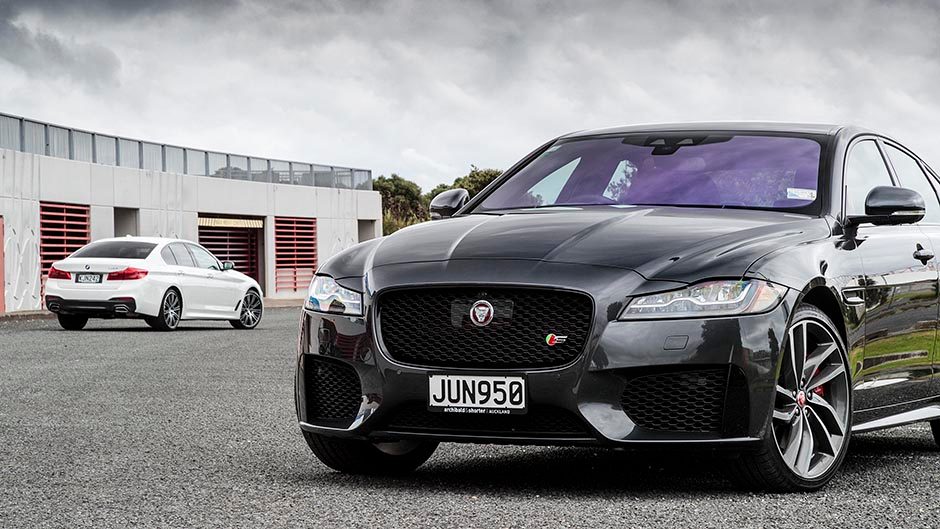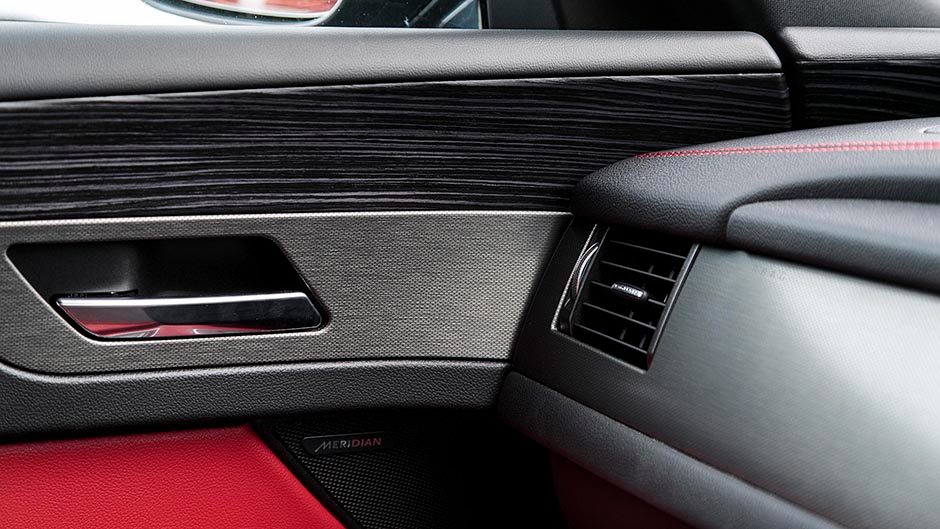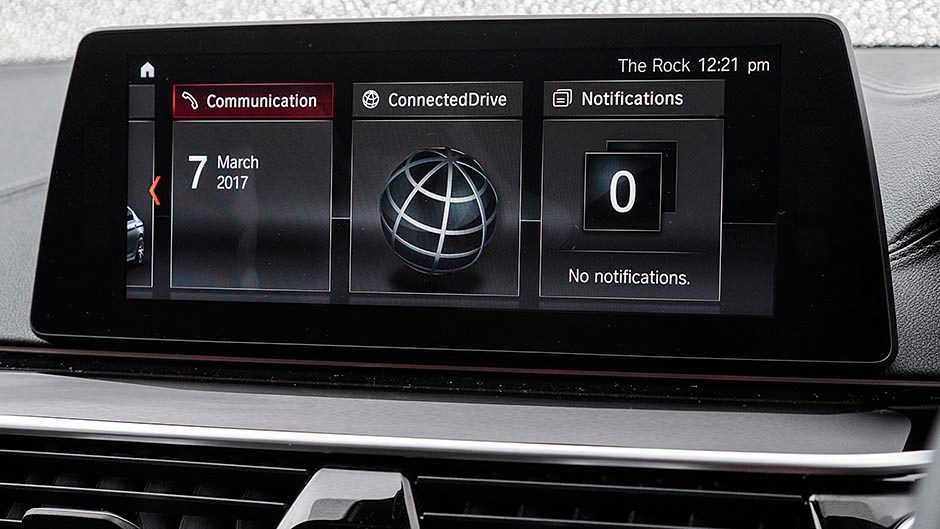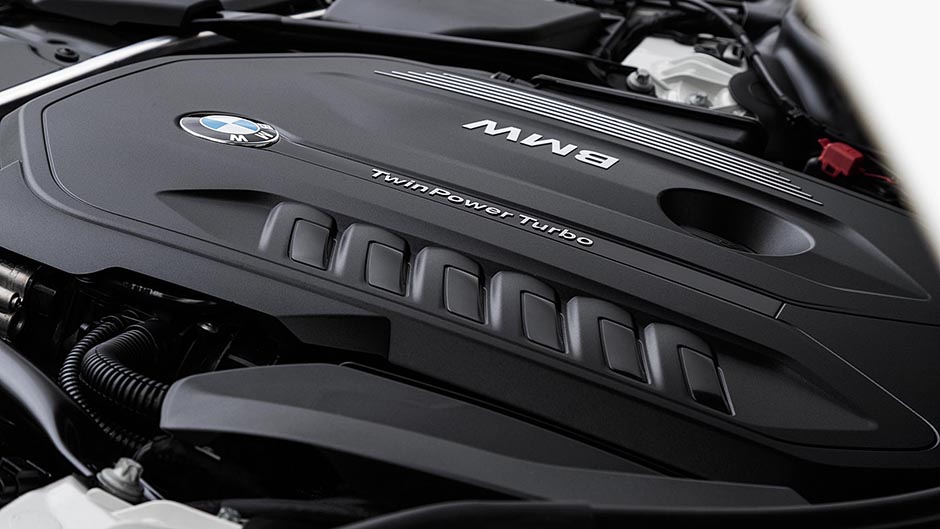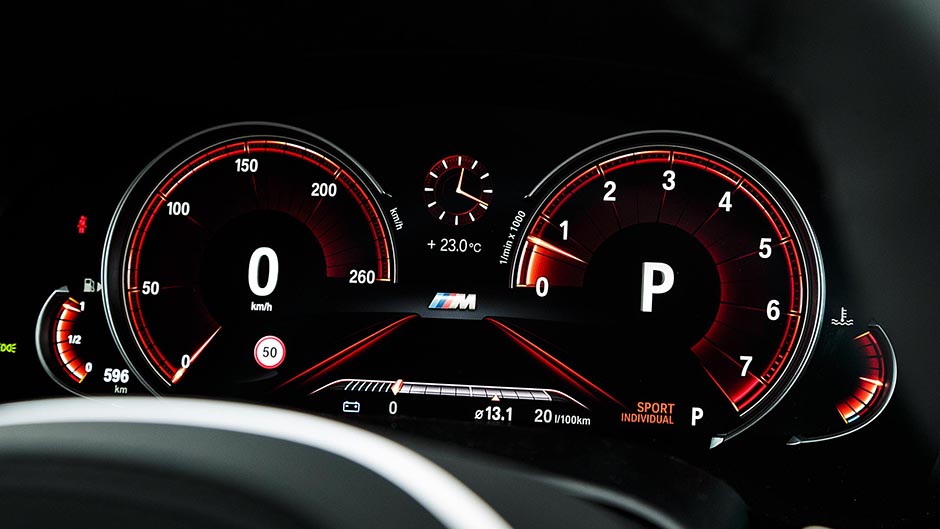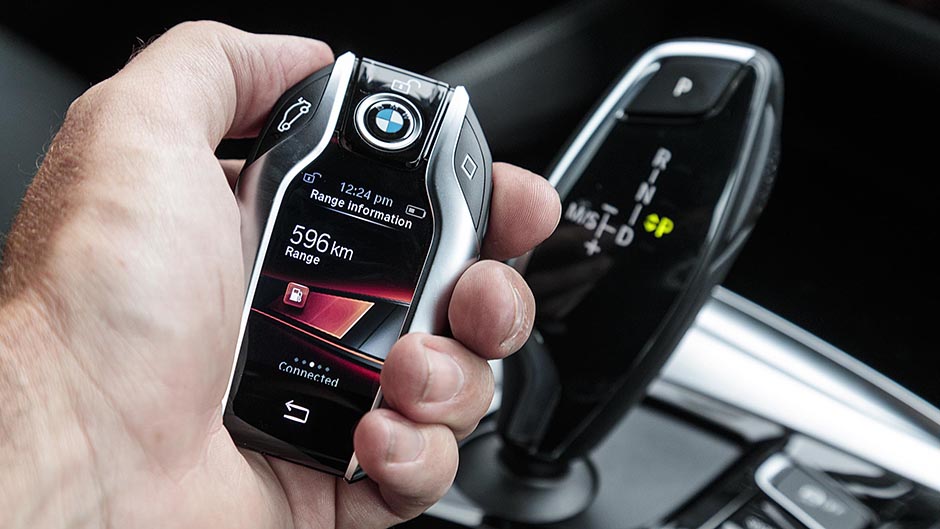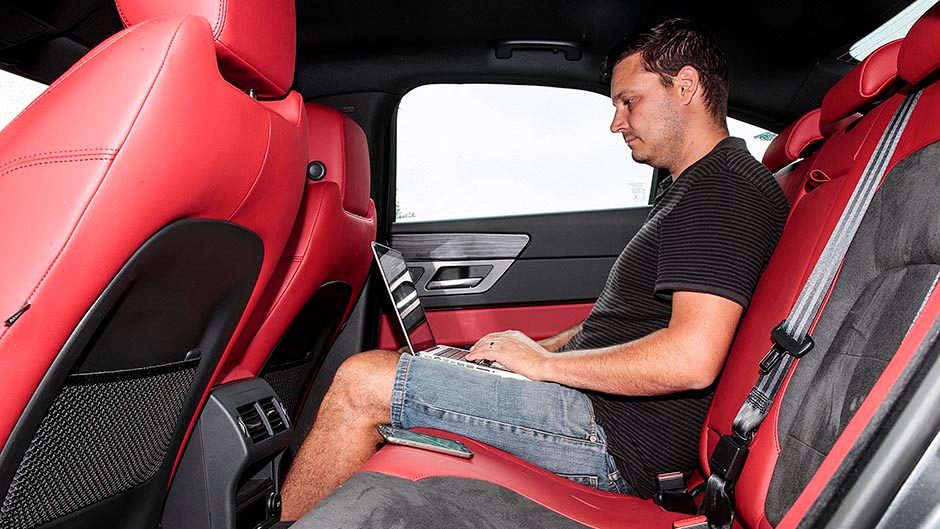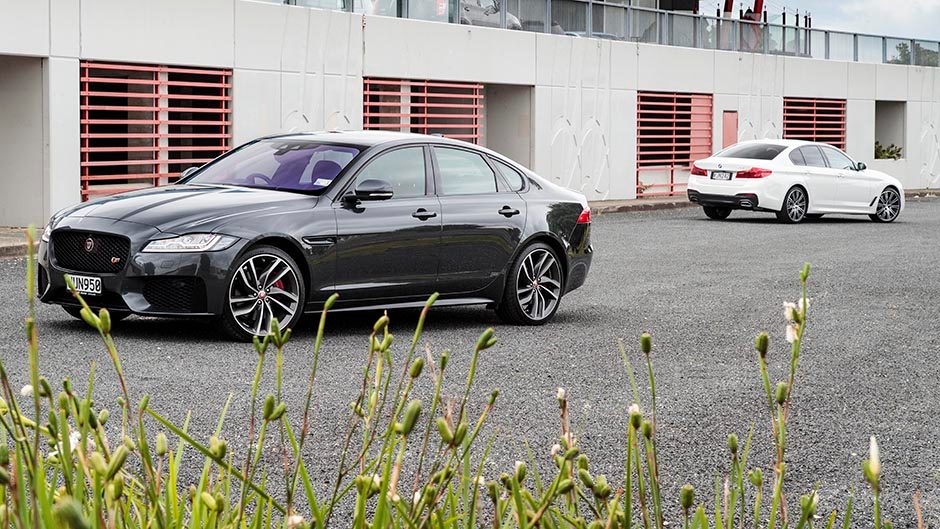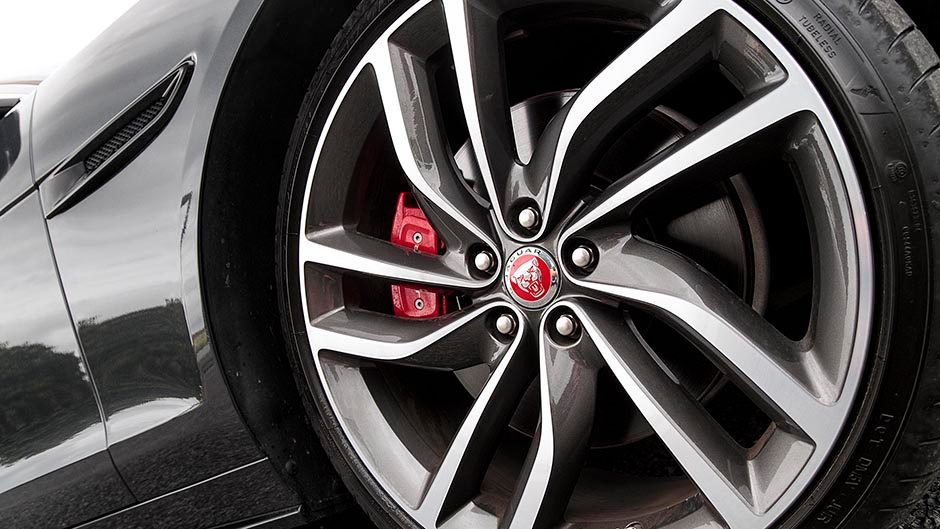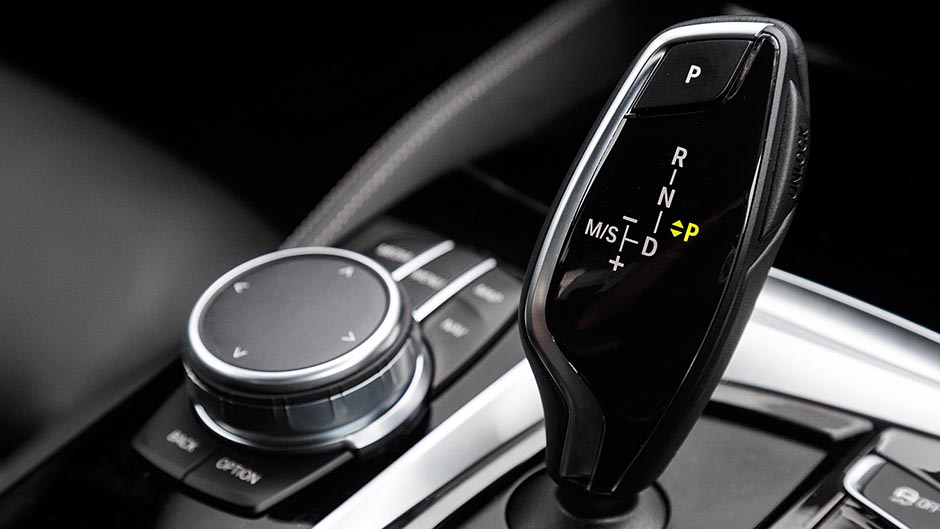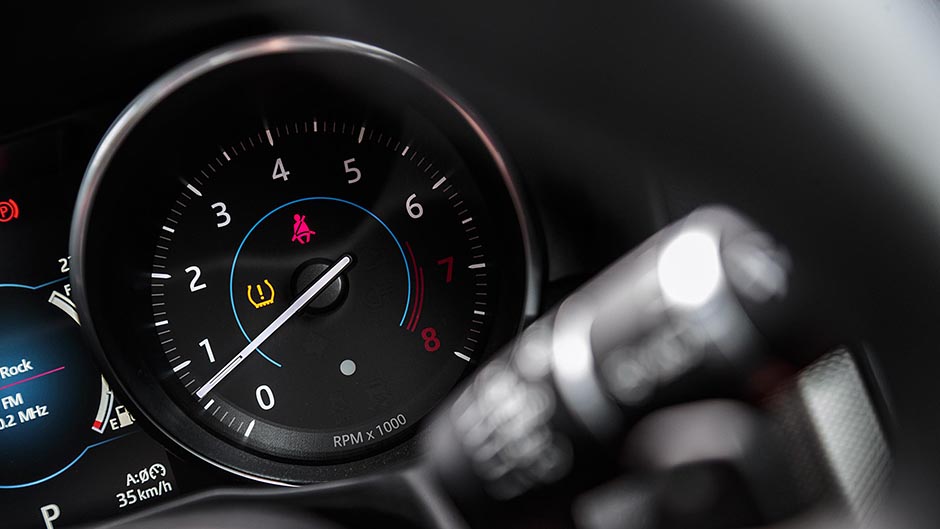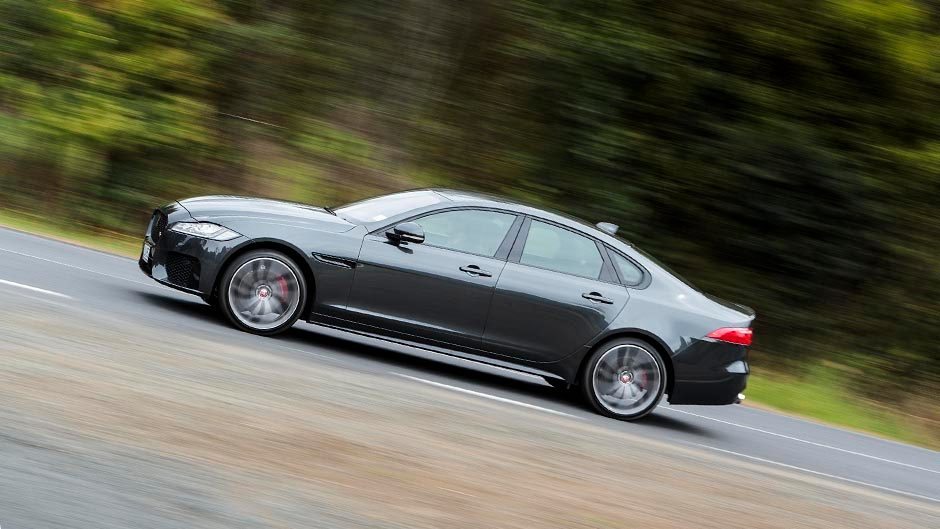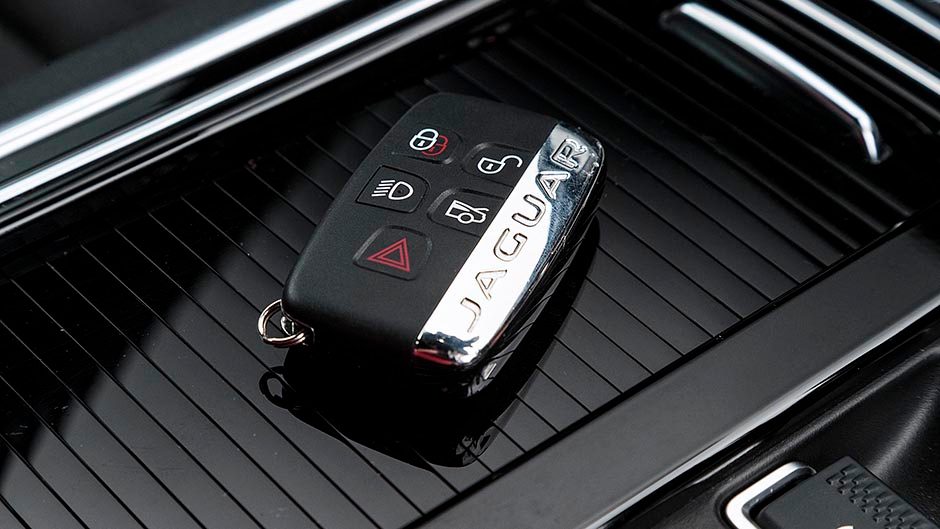2017 BMW 540i vs Jaguar XF S comparison
Words: Kyle Cassidy | Photos: Tom Gasnier
Middling sedans from the premium makers are getting ever more luxurious and tech-laden but is there still room for a car with the driver at its heart in this segment?
There’s still something special about getting behind the wheel of a large, rear-drive sedan, which is now largely the preserve of the luxury market. Sure, most buyers these days prefer their luxo carriages to ride high, but globally the premium players like to flex their prowess via their big sedans. The BMW 5 Series has long been a stand-out in this field with edgy powertrains and chassis finesse infused with understated luxury and style (well mostly), and it’s the one we’ve chosen over the larger less wieldy versions down through the years. But is that still the case?
We commented last month in our 540i review that the new-generation 5 Series has headed further down the path of luxury and refinement while trying to out-tech the digital onslaught from Mercedes-Benz with its E-Class, as they both advance the cause of autonomy. But what about those who still want their style, luxury and tech delivered with some driver appeal? That’s where the Jaguar XF comes in. Last year we preferred its charms to those of the E-Class in six-cylinder diesel guise and so it’s back again to battle with the 5 Series, both combatants using petrol-fired six-cylinder engines, boosted for added potency, and both wearing a similar price tag. So which would we prefer to have in our garage?
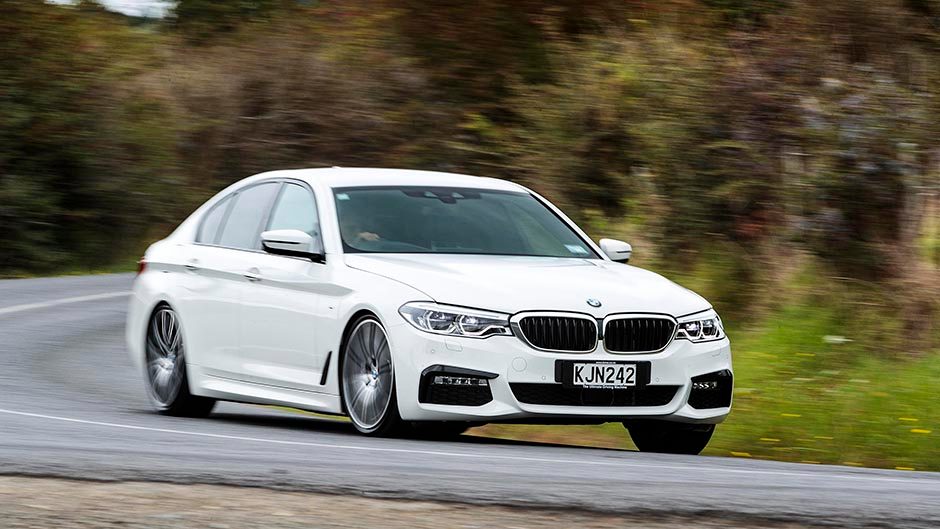
The offerings
The 540i is currently the top 5 Series at $142,900, while the S is also the priciest XF at $135,000. Reflecting its higher price, the BMW comes with more gear. Both get adaptive dampers, a smart key, active LED lamps and head-up displays. The 5’s new cabin houses a big 10-inch hi-res screen for the infotainment system with all the Connected Drive features. And in a case of techno overkill, it boasts mouse, touch, gesture and voice control.
The XF does perfectly fine with an eight-inch touchscreen and voice control, although it’s screen looks a little fuzzy next to the hi-def image of the BMW item, particularly when the surround view camera is activated. There’s a smartphone interface for Apple only in the BMW, and it’s optional but wireless, while there’s no smartphone option for the Jag.The XF has AEB and lane departure as standard, whereas the 5 comes loaded with active safety gear; there are all sorts of avoidance and assistant aids to prevent or mitigate all manner of disasters. An active safety pack costs $4100 for the XF and it adds active cruise with a traffic jam function, blind spot minding and active lane keeping. There’s a charge pad, self parking ($700 extra in the Jag) and a new Adaptive drive mode for the BMW. The German also gains such frivolous bits as an air perfumer and mood lighting (yours for $800 in the XF) while the cumbersome activity key can be optioned to enable remote parking. You get 20s on the 540i, 19s are standard on the XF, and both wear sports suits. Each comes with scheduled maintenance included, the Jaguar for a five-year/80,000km period, the BMW covering three years with unlimited mileage.
Sixes the same but different
In this class you want to be big but also athletic, and a stiff but relatively light chassis construction helps both. With Jaguar boasting about its aluminium intensive chassis for the XF, you’d think it would be the lighter but as tested it was close to 100kg heavier than its claimed weight (1710kg) and almost 60kg more than the BMW. A large proportion of the 5 is made of high and ultra high strength steels. With a 100kg handicap, the XF’s extra 30kW of power is quickly negated, and it’s the 540i that sneaks to 100 first, both similarly quick over the 80-120km/h run.
Each has six cylinders and arrives at a similar 450Nm of peak torque, but their delivery and character are as different as their configuration of cylinders. The BMW’s single turbo inline six revs fervently but never raucously and the outputs are delivered in more forthright manner. It ships out more shove from lower down and its smoothness is as impressive as its sizzle which makes the 5 a deceptive accumulator of pace. The XF supercharged V6 requires a few more revs before really hitting its mark but from 3000rpm onward it starts to howl and feels stronger up top. This lends it more character, it’s not so clinical and there’s crisper throttle response, and more of a growl. Both eight-speed autos work a treat, the BMW featuring a revised version of the ZF, making it ever so slightly slicker. A claim of 6.5L/100km overall is just that; 13L/100km is the reality, the Jaguar with a more believable quoted average of 8.3 translates to 14 in real life.
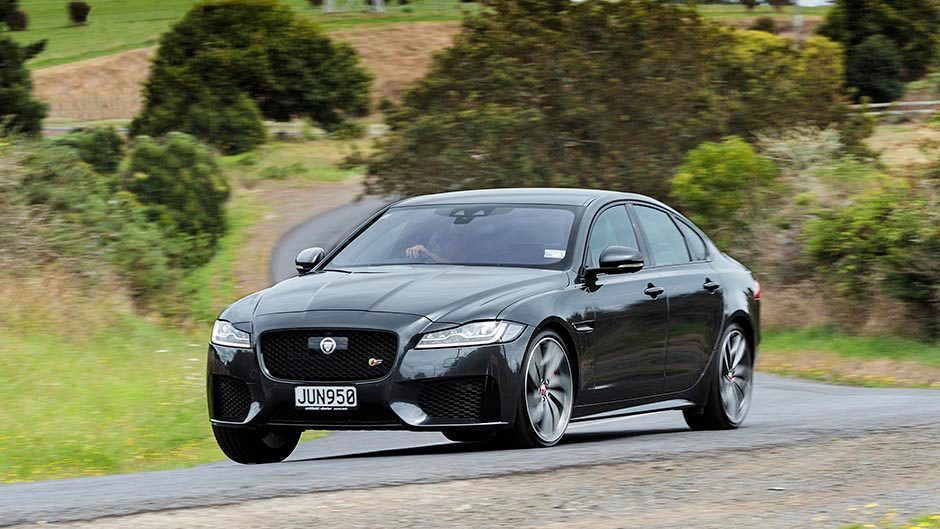
BMW the pamperer
An added degree of civility is a desirable trait in any luxury car and with both featuring a multitude of configurable drive modes and adaptive dampers, they glide around town effortlessly, though the Jaguar can’t quite replicate the same deep comfort levels of the BMW’s wafting gait. The latter’s steering is super light in Comfort mode, the throttle pedal dulled for added smoothness but the engine delivers from down low for that big easy-going feeling.The Jag just always feels sportier, even in its Eco mode. The BMW’s active cruise is smoother to brake and accelerate and will keep tabs on the changing nature of speed limits for you while the lane keeping function is more fastidious. Both the stop and go traffic jam functions work well however. All the active safety gadgets are welcome bar the lane keeping which likes to wrestle with you for control of the wheel.
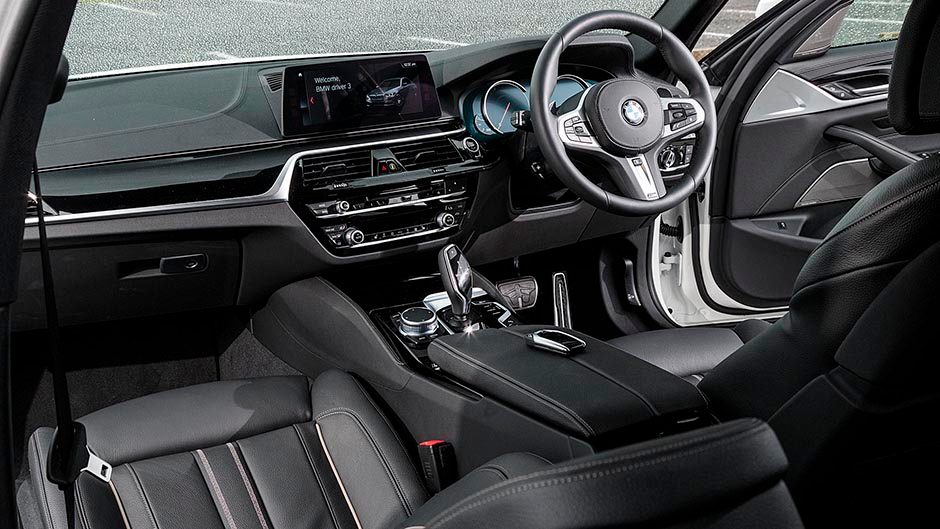
Jag the athlete
Ensconced in the low-set seat of the Jaguar you immediately sense the steering tuned for drivers, the added feel detectable within moments of getting behind the wheel. Through the bends, the XF turns unbelievably well, the steering wired into the action up front, yet it still filters the muck.
And then there’s that throttle response; the rear can be employed to help turn the car even more quickly if you’re keen. Rounding up the corner for the camera, the BMW was tapped out trying to replicate the same pace and grip of the Jag. The XF’s ride and control at a faster clip are equally admirable. Over roads known to be menacingly bumpy, the adaptive suspension smooths the bumps no worries but not at the expense of control. In their Dynamic setting, the suspenders can lend even more roll regulation, and yet the added firmness doesn’t translate to harshness.
The Sport Plus mode in the BMW is a mite stiff, the rear end thumping over the bumps, especially when applying the power. So the new Adaptive mode is preferable but still the suspension doesn’t disperse the jolt of a sharp edge like the Jaguar can, while the traction control is too busy unless turned to its dynamic mode. The 540i covers ground in effortless fashion, but the chassis feel is isolated. And so when you get a bit carried away, the XF is easier to reign back in. By contrast, the 540 requires more concentration nearer its limits. You don’t have to be going all out to appreciate the chassis of the Jaguar; it’s a treat to drive, even to work on a Monday.
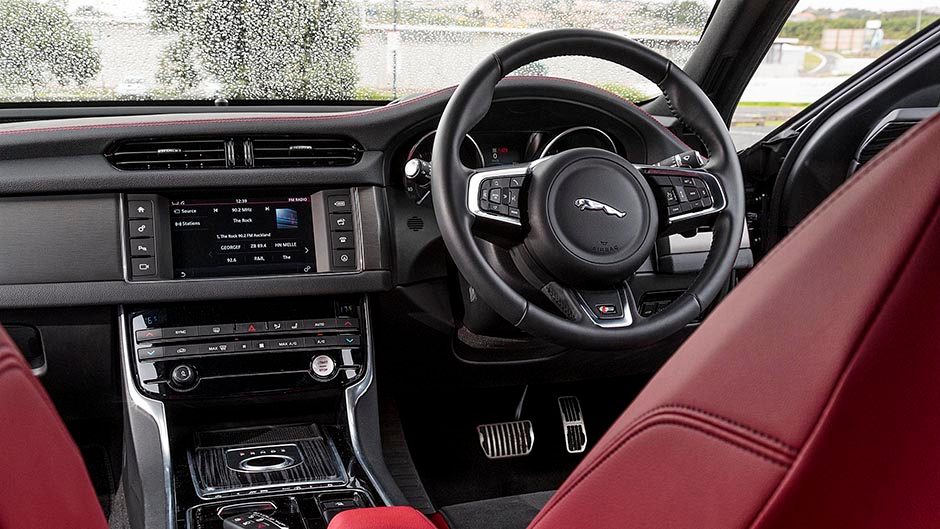
Style and substance
Glancing at the 540i, you could mistake it for a 7 Series, and while it’s been treated to a few styling flourishes, it’s a wall flower next to the Jaguar, a model of muscular dynamism and sophistication. Inside, the Jag has its moments, with the wrap around ‘riva hoop’ dash top, while the red leather is a bit daring. However, the centre stack design is ordinary, as is the hard plastic on the centre console. The BMW’s cabin is finely finished; there’s not an iffy surface to be found.
The seating position matches the dynamic character of each car; the XF driver’s seat can be hunkered down low, the centre console hemming you into a cockpit-like environment, whereas the 540i’s seat is an armchair by comparison. It offers more space up front, and it’s set high for comfort. The Jaguar’s infotainment system doesn’t have nearly as many functions as the BMW’s, even though some of the latter’s are questionable. But it’s easy to find your fave radio stations, pair your phone or enter a destination into the sat nav without swearing at it. Overall the Jaguar is not as technically smart as the 5, but the BMW is all new and undoubtedly throws down the gauntlet in front of the Mercedes E-Class. But whether that’s a good idea depends on your viewpoint.
If we were choosing one to be chauffeured about in, we’d go for the 540i with its bigger rear doors for easier entry, more stretch space and a plusher seat. Both boots are not overly wide but are long with around 500 or so litres on offer, before activating the split folding rear seats.
What’s your desire?
It all depends where your priorities lie in a top-end car. If it’s more comfort and luxury you desire, but don’t want a Lexus, the 5 will suit you better. It will also hold more interest to tech-savvy folk who might need all the gadgets. But generally the XF has a more emotional appeal in the way it looks, drives and sounds, and so, despite all the connected tech in the BMW, it was the Jaguar we found easier to connect with on matters that count to us. The BMW is the better luxury car, but the XF reaffirms to us that Jaguar is right at the top of the pack if it’s a premium driver’s car you desire.
| Model | BMW 540i | Price | $142,900 |
| Engine | 2998cc, IL6, T/DI, 250kW/450Nm | Drivetrain | 8-speed auto, rear-wheel drive |
| Fuel Use | 6.9L/100km | C02 Output | 159g/km |
| 0-100km/h | 5.26sec | Weight | 1744kg |
| Model | Jaguar XF S | Price | $131,000 |
| Engine | 2993cc, V6, TDI, 221kW/700Nm | Drivetrain | 8-speed auto, rear-wheel drive |
| Fuel Use | 5.5L/100km | C02 Output | 144g/km |
| 0-100km/h | 6.21sec | Weight | 1851kg |


